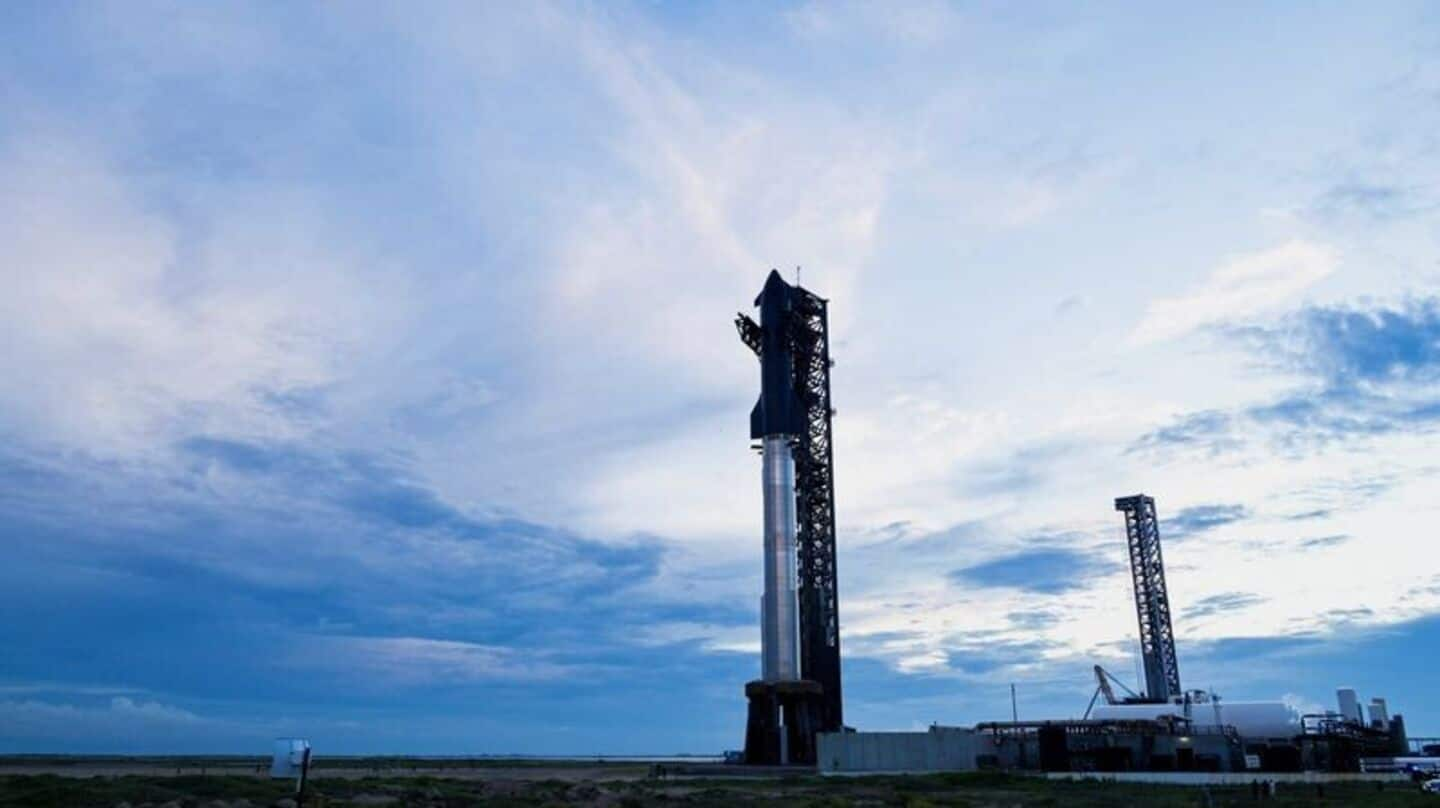
SpaceX's Starship aces 10th test flight after repeated setbacks
What's the story
SpaceX's Starship, the largest and most powerful rocket ever built, has successfully completed its 10th test flight. The launch took place at SpaceX's South Texas facility at 7:30pm EDT. The mission was delayed by two days due to ground system issues and bad weather. However, the wait proved worth it as Starship performed all the tasks SpaceX had planned for this flight.
Milestone
Starship placed 8 dummy satellites into orbit
During Flight 10, Starship placed eight dummy satellites into orbit for the first time since its ninth test failure, while also recording just the second successful Raptor engine relight. The previous three flights this year were not completely successful. On Flight 7 and Flight 8, which took off in January and March respectively, SpaceX lost the upper stage Starship vehicle less than 10 minutes after liftoff. Flight 9 in May also fell short, breaking apart 45 minutes after liftoff.
Reentry
Flight 10 reentry into atmosphere was violent affair
Starship's reentry into Earth's atmosphere was a violent affair, with SpaceX intentionally making it more difficult to test the vehicle's limits. "A significant number of tiles have been removed from Starship to stress-test vulnerable areas across the vehicle during reentry," the company said in its Flight 10 mission preview. Several metallic tile options, including one with active cooling, will be tested as alternative materials for protecting Starship during reentry.
Adjustments
SpaceX analyzed issues from previous flights
After the setbacks, SpaceX thoroughly analyzed the issues and developed solutions. For instance, they traced Starship's Flight 9 problems to a malfunction in its main fuel tank pressurization system diffuser. Engineers redesigned this component "to better direct pressurized gas into the main fuel tank and substantially decrease the strain on the diffuser structure," according to a report about Flight 9 anomaly.
Future missions
Future flights will deploy satellites from upper stage
SpaceX has big plans for future Starship flights, including deploying satellites from the upper stage. The company hopes to use Starship to complete its Starlink megaconstellation, the largest satellite network ever built. Each operational flight of Starship will carry at least 60 Starlinks at a time, according to SpaceX spokesperson Dan Huot.